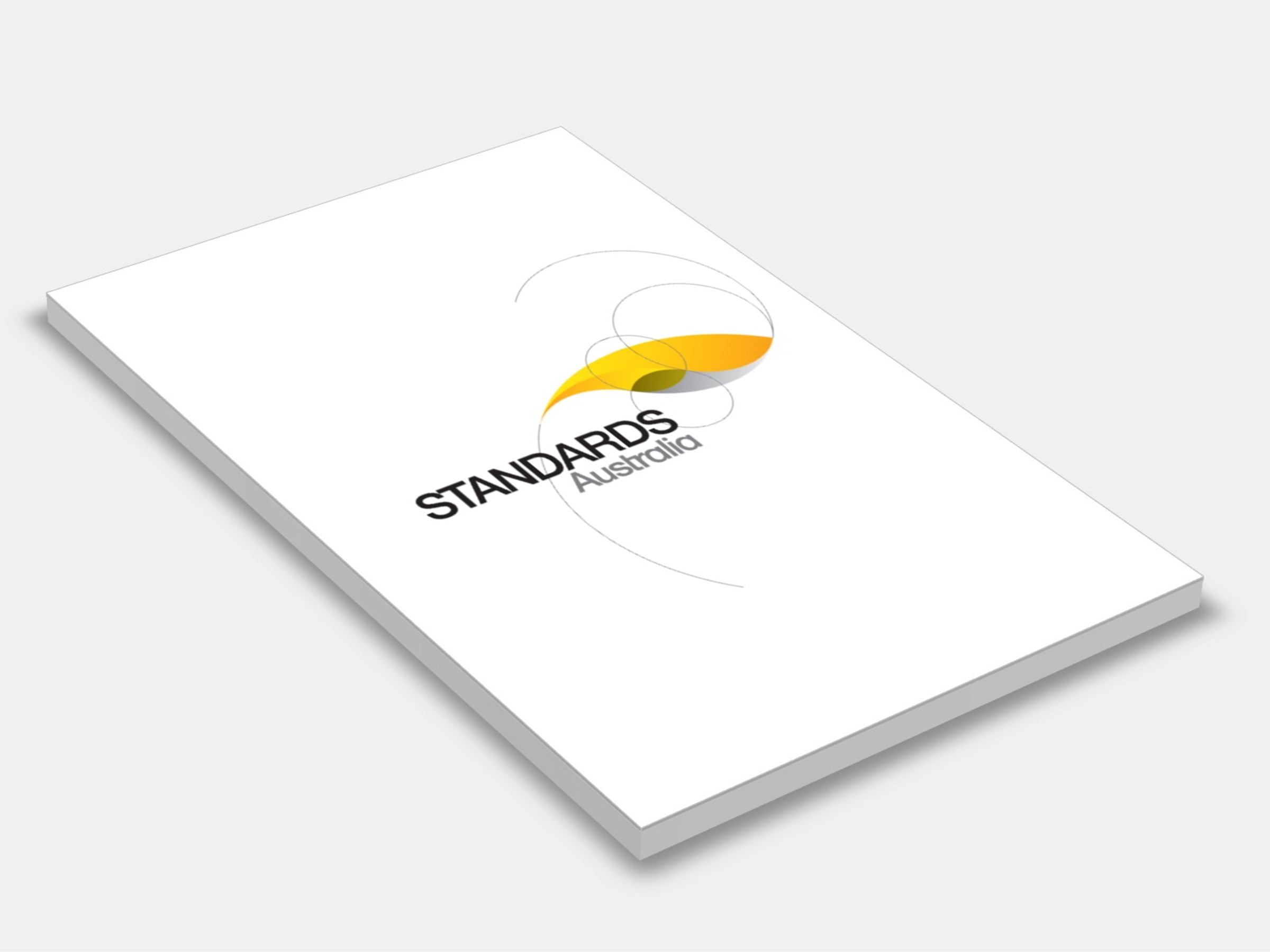
Type
Publisher
Standards Australia
Publisher
Standards Australia
Version:
Second Edition 2019.
(Current)
Short Description
This Standard specifies requirements and gives recommendations for the design and use of direction signs and related navigational aids including route numbering for all roads including expressway type roads.
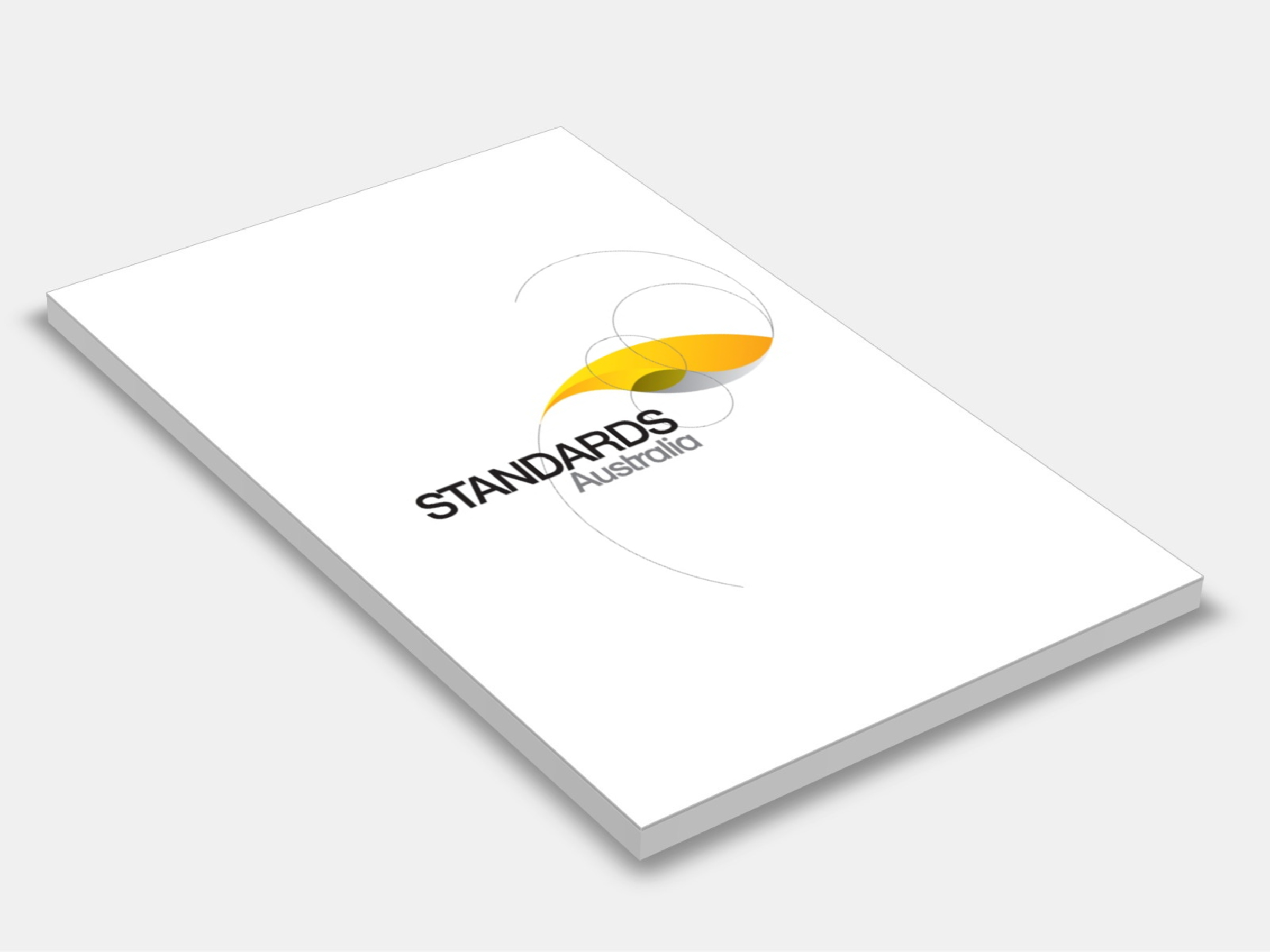
Type
Publisher
Standards Australia
Publisher
Standards Australia
Version:
Second Edition 1994.
(Current)
Short Description
Sets out the ethics and obligations of the principal and tenderers in the tendering process in the construction industry. It applies to the selection of contractors and subcontractors. Published in conjunction with the Construction Industry Development Agency.
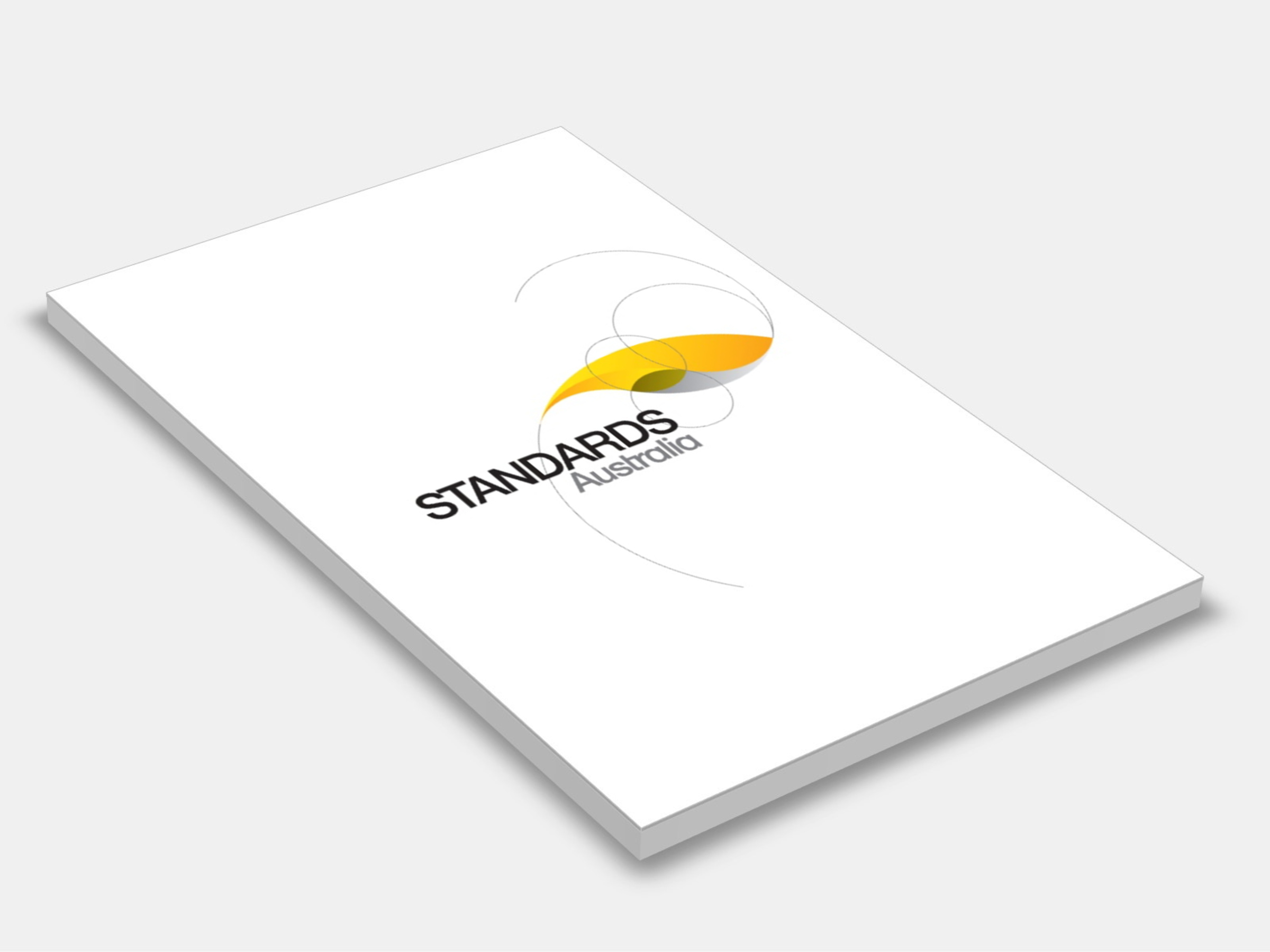
Type
Publisher
Standards Australia
Publisher
Standards Australia
Version:
Third Edition 2010.
(Pending Revision)
Short Description
Specifies minimum requirements for hydraulic cements including general purpose cement, general purpose limestone, and blended cement. Requirements include both the composition as well as the properties and performance of the cement. A sampling and testing regime is specified for product conformity claims.
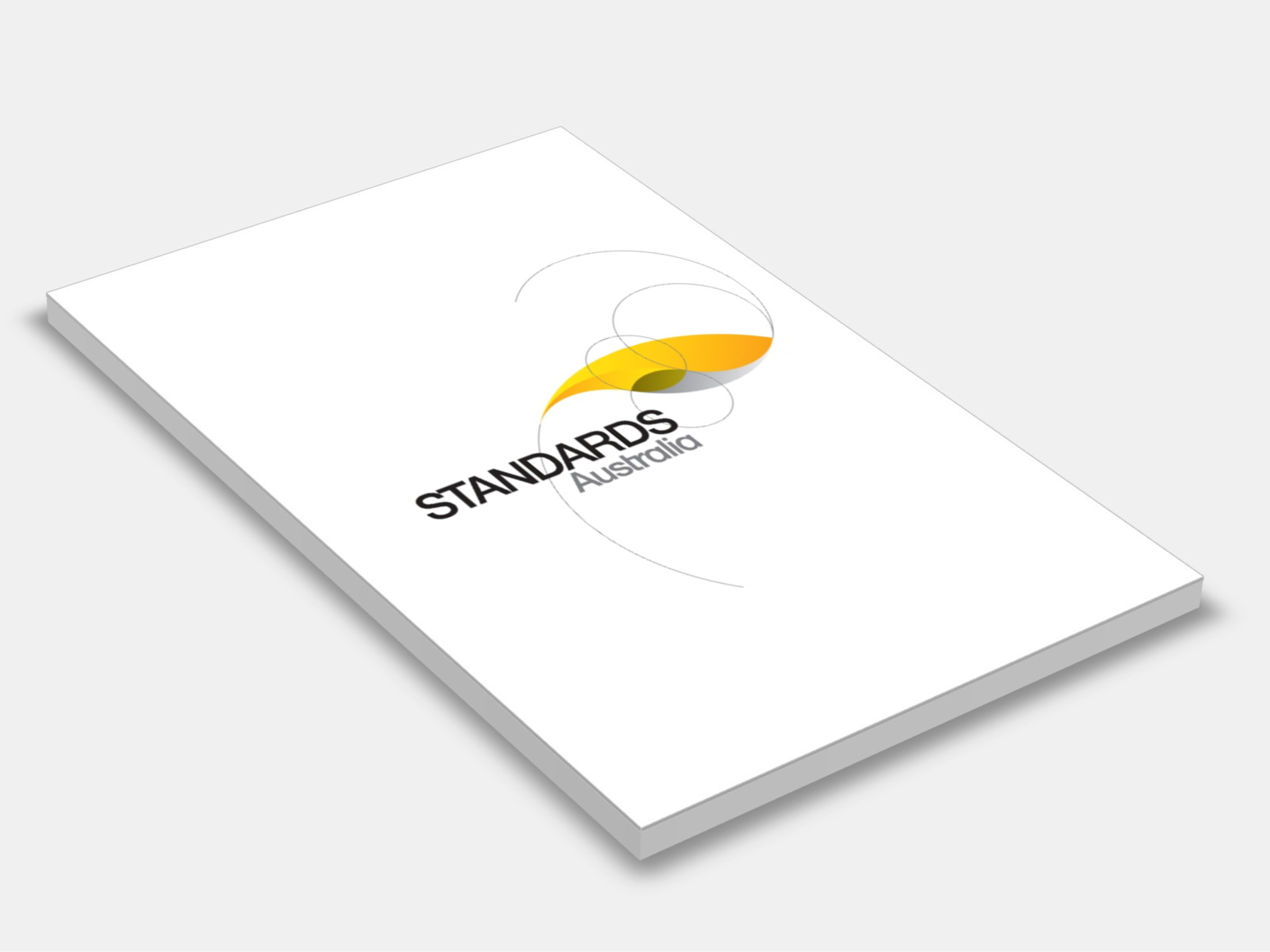
Type
Publisher
Standards Australia
Publisher
Standards Australia
Version:
Second Edition 2008.
(Current)
Short Description
Specifies requirements for the application of loose polyethylene sleeving intended for the corrosion protection of buried ductile iron pipeline systems.

Type
Publisher
Standards Australia
Publisher
Standards Australia
Version:
First Edition 2018.
(Current)
Short Description
The objective of this Standard is to specify the requirements and recommendations for the design and installation of connections (bonds) between various electrically conductive elements in buildings and other structures, during their construction or refurbishment, in which information technology (IT) and, more generally, telecommunications equipment is intended to be installed in order to - (a) minimize the risk to the correct function of that equipment and interconnecting cabling to the electrical earth system; and (b) provide the telecommunications installation with a reliable signal reference, which may improve immunity from electromagnetic interference (EMI).
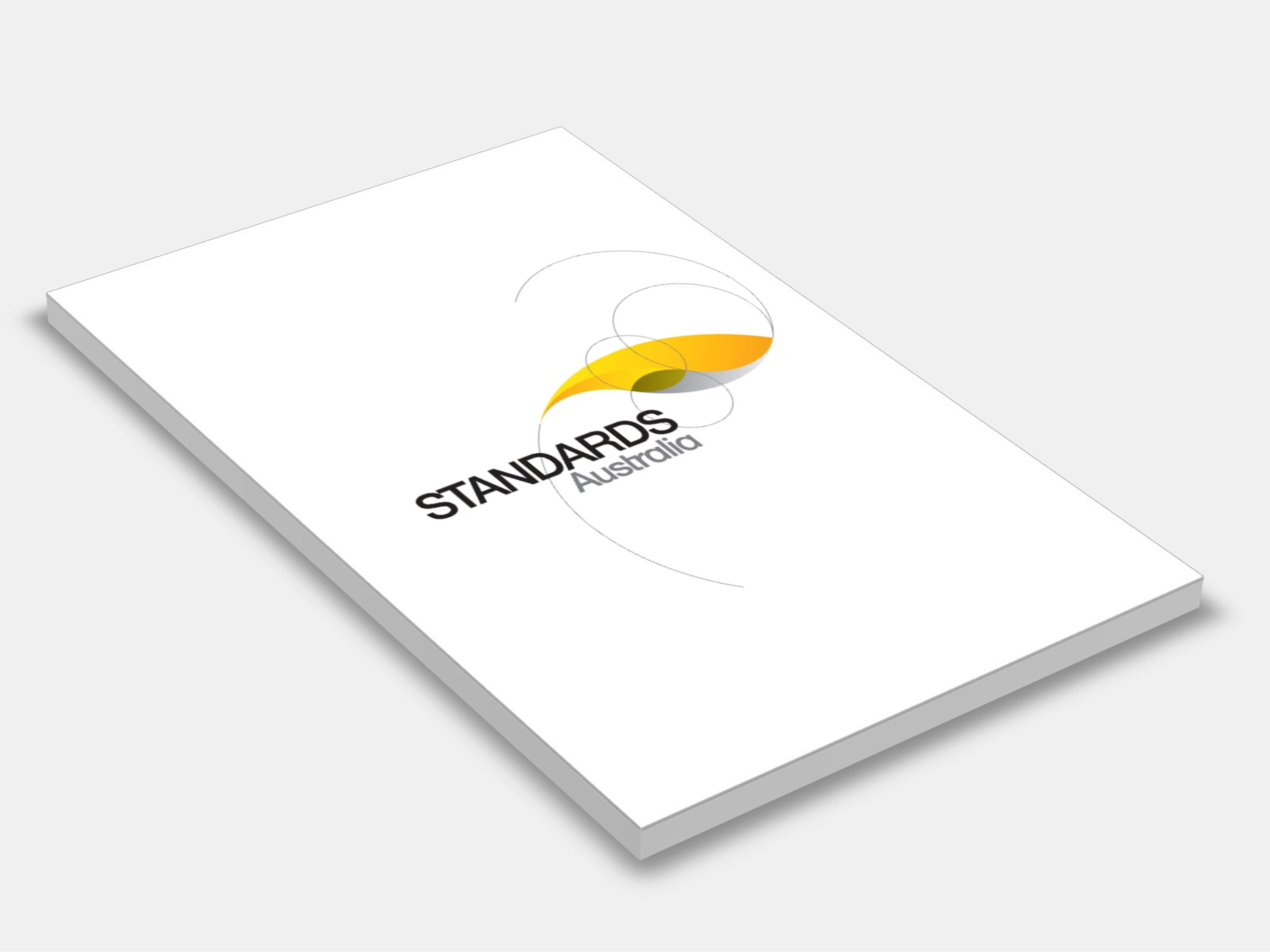
Type
Publisher
Standards Australia
Publisher
Standards Australia
Version:
First Edition 2007.
(Current)
Short Description
Proposes requirements for the design, and test methods for, drive units, leaves and components of powered pedestrian doors, including constructions that are operated electro-mechanically, electro-hydraulically or pneumatically.

Type
Publisher
Standards Australia
Publisher
Standards Australia
Version:
First Edition 2024.
(Current)
Short Description
AS 60071.2:2024 adopts and modifies IEC 60071-2:2023, which constitute application guidelines and deals with the selection of insulation levels of equipment or installations for three-phase AC systems. Its aim is to give guidance for the determination of the rated withstand voltages for ranges I and II of AS 60071.1 and to justify the association of these rated values with the standardized highest voltages for equipment
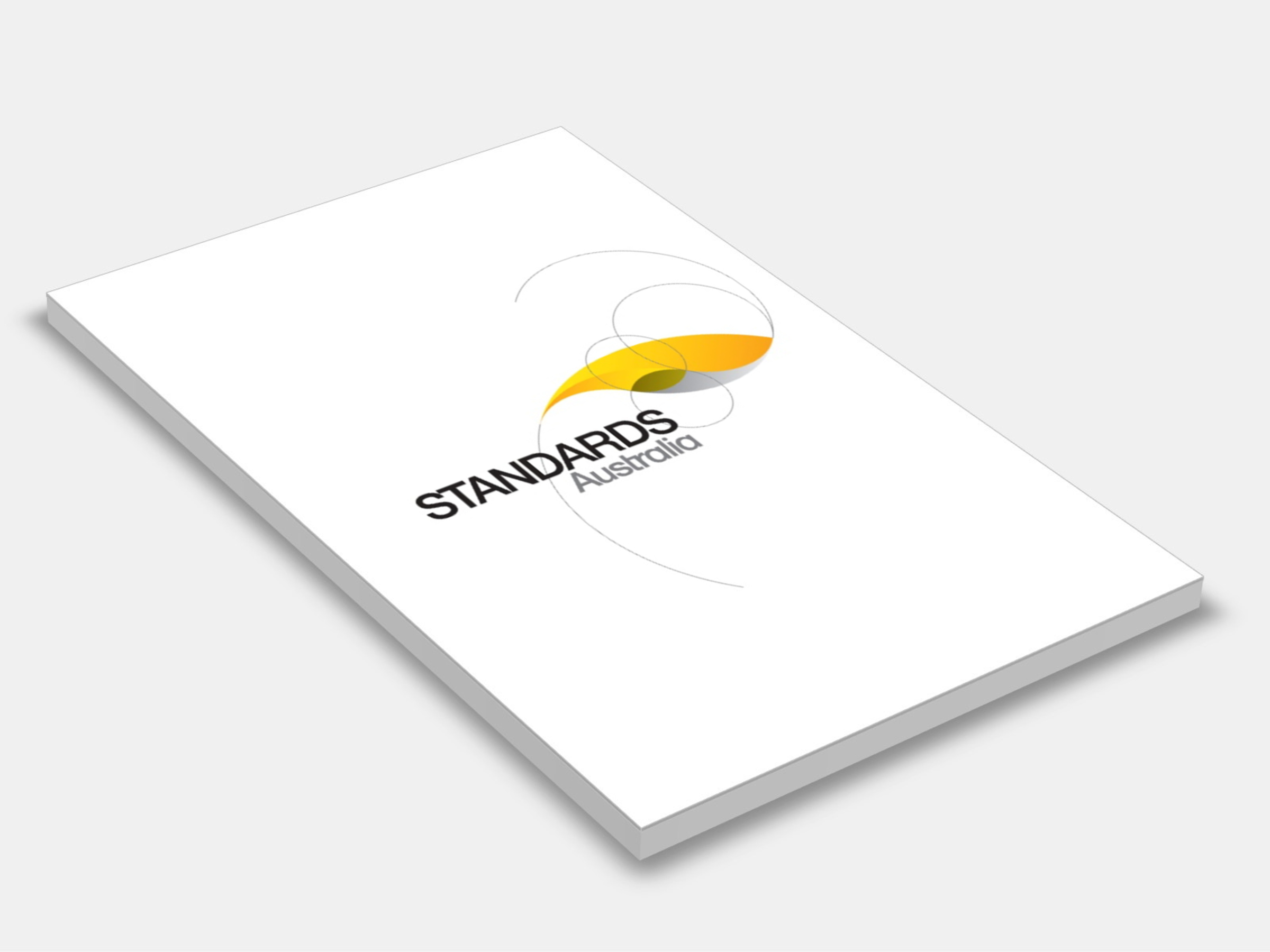
Type
Publisher
Standards Australia
Publisher
Standards Australia
Version:
Second Edition 2006.
(Current)
Short Description
This Standard nominates Standards and Australian Technical Specifications (ATS) for certification of plumbing and drainage products that are generally intended for installation, replacement, repair, alteration and maintenance by authorized persons in works described the Scope of the Plumbing Code of Australia (PCA).
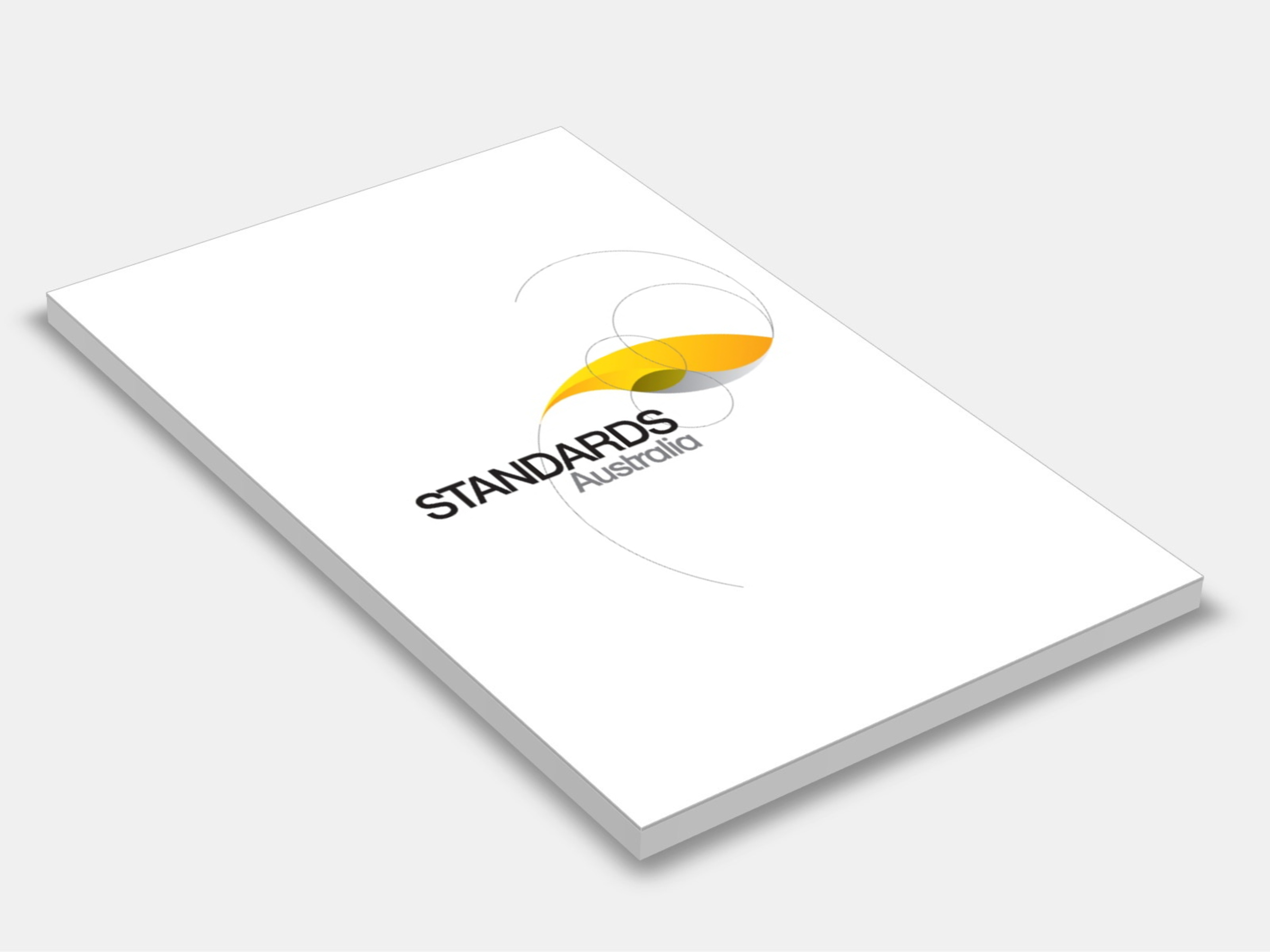
Type
Publisher
Standards Australia
Publisher
Standards Australia
Version:
Second Edition 2023.
(Current)
Short Description
AS 4691.2:2023 sets out requirements and guidelines to facilitate the safe and accurate use of a laser device for measuring the speed of a target vehicle for purposes including, but not limited to, personal, industry, scientific and law enforcement activities.

Type
Publisher
Standards Australia
Publisher
Standards Australia
Version:
First Edition 2018.
(Current)
Short Description
AS ISO 31000 2018 specifies guidelines on managing risk faced by organizations with the application of these guidelines able to be customized to any organization. As one of the risk management standards, this standard provides a common approach to managing any type of risk and is not industry or sector specific.